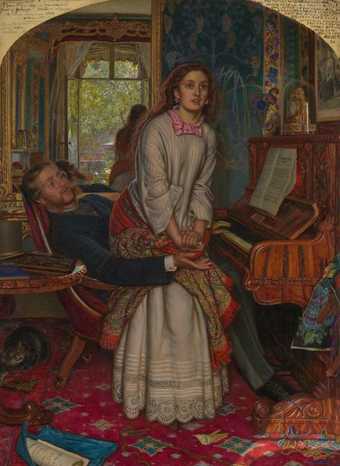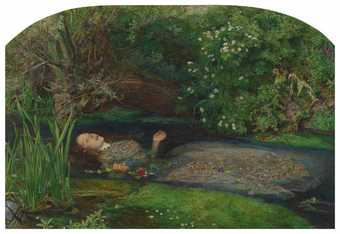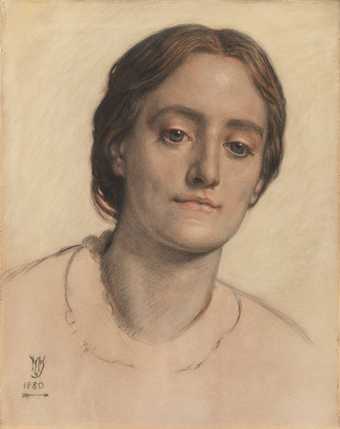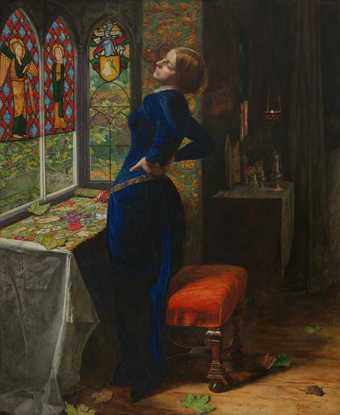Pre-Raphaelite paintings are today seen as uncomplicatedly beautiful images. But when they were first painted in the mid 19th century, they were regarded as assaults on the eye, objectionable in terms of their realism and morally shocking.
Charles Dickens was one of the disapproving critics. He described the figure of the Virgin Mary in John Everett Millais’s Christ in the House of His Parents as a degenerate type, one who was ‘horrible in her ugliness’.
Whereas other artists tended to idealise religious figures, the Pre-Raphaelites painted them with unprecedented realism, detailing peculiarities of physiognomy and character, so people read them in terms of the model rather than in terms of the person that particular model was impersonating. Sometimes the artist’s approach was considered sacrilegious or even blasphemous, as was the case with Millais’s Christ in the House of His Parents.
The artists used bright colours so their pictures stood out against other works in an exhibition, demanding people’s attention. The Pre-Raphaelites were self-publicists, seeking controversy and attention.
A lot of the themes they chose to depict were quite daring for the time – including problematic subjects such as poverty, emigration, prostitution and the double standard of sexual morality in society. Their pictures require a lot of concentrated reading and are so densely encoded with signs and symbols that you have to work hard at deciphering them.

William Holman Hunt
The Awakening Conscience
(1853)
Tate
A good example is The Awakening Conscience by William Holman Hunt. At first glance this could be seen to represent a young married couple or perhaps a brother and sister playing a game. However on closer inspection the different signs come together to suggest a narrative of fall and possible redemption. The woman is presented in a state of half dress and isn’t wearing a wedding ring, which would imply that she is the man’s mistress. His fallen glove hints at her fate as a discarded mistress, but the light falling into the room from the garden suggests salvation.



